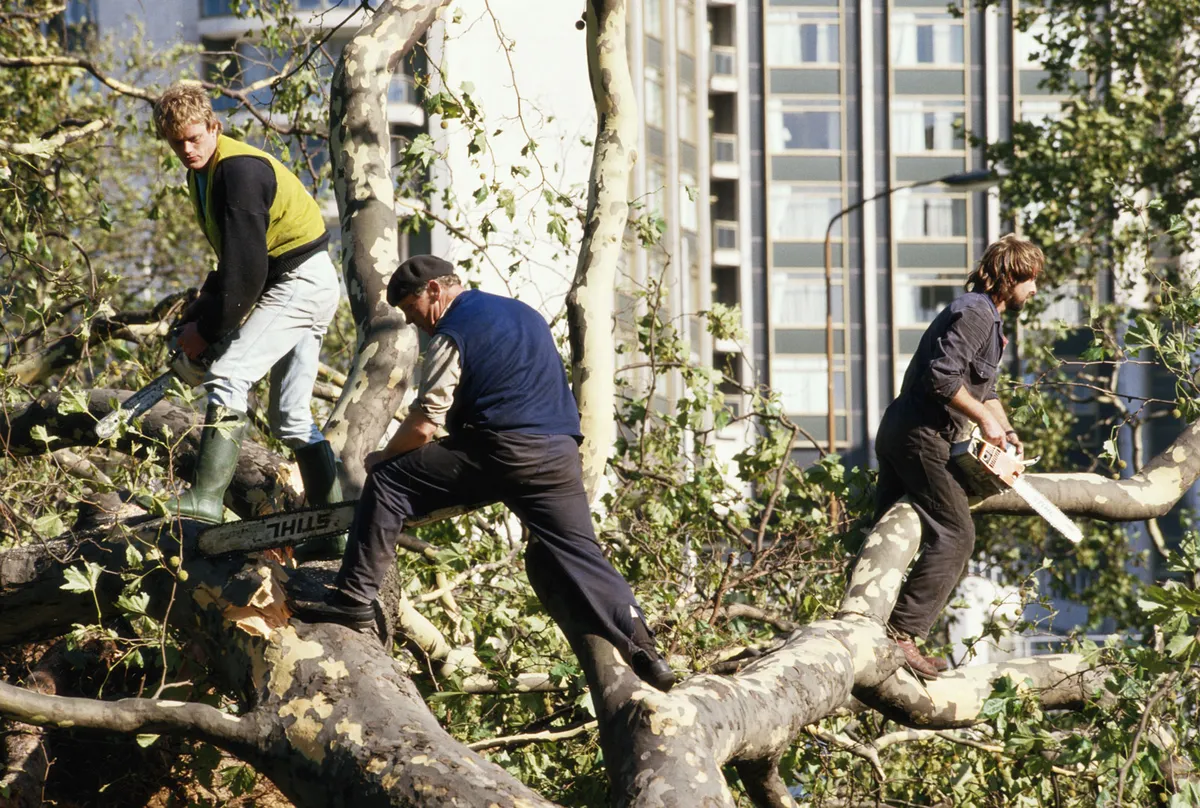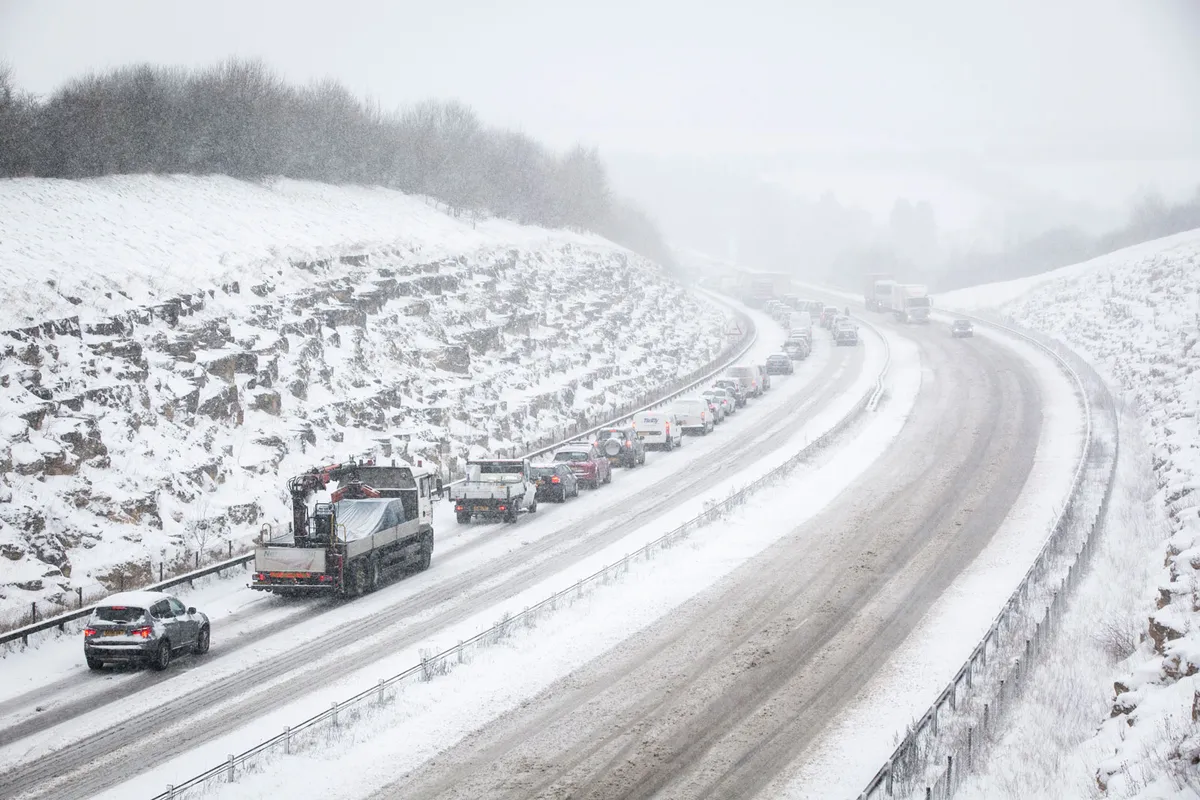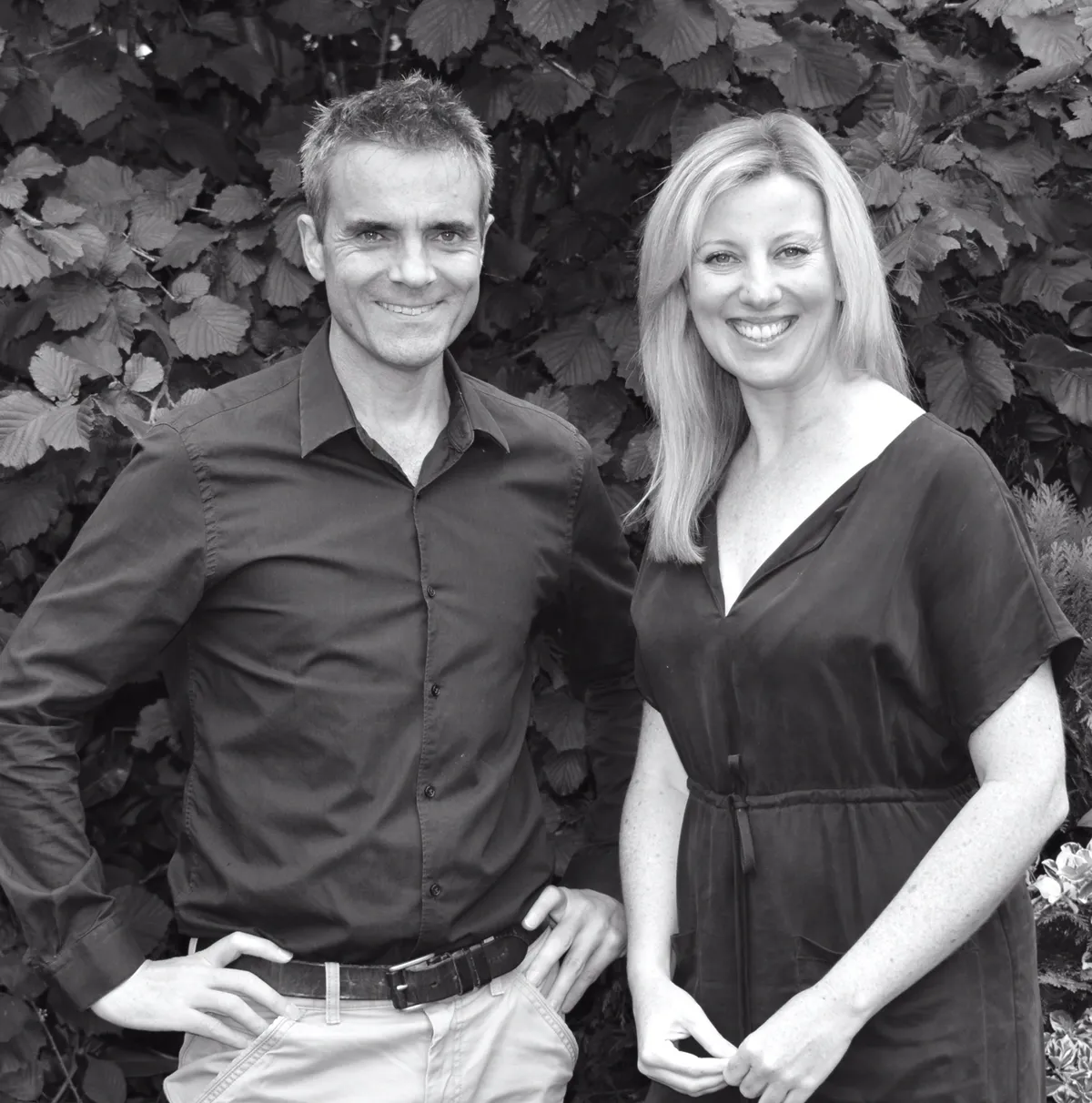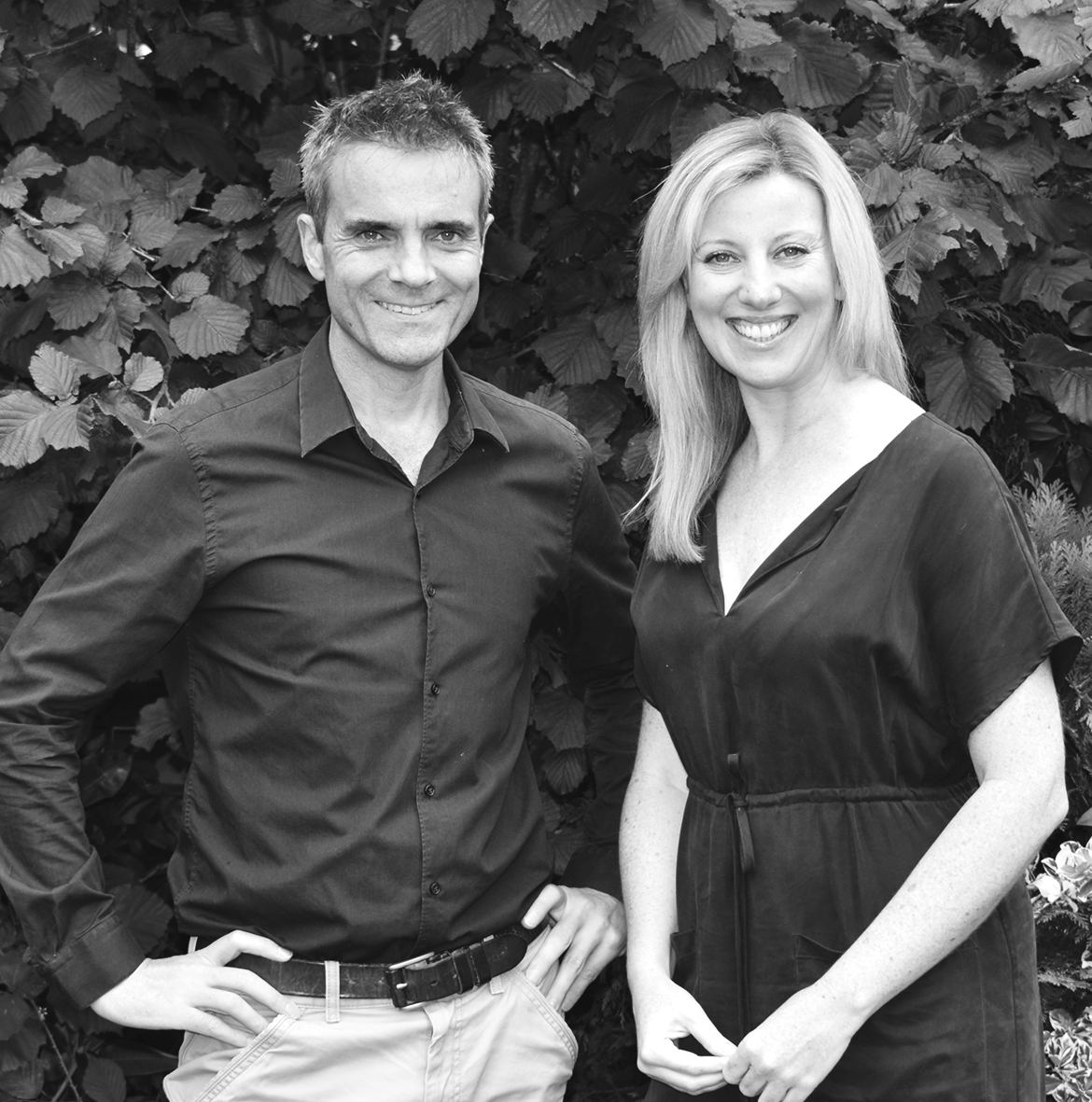The Great Storm of 1987 was a ferocious weather event that took Britain by surprise, with then-weather forecaster Michael Fish famously declaring that, no matter what people may have heard, there was nothing to worry about as a hurricane wasn't on the way. Just hours later, a terrifying storm swept across the UK causing widespread havoc.
Learn more about the Great Storm of 1987 in our expert historic weather guide, including when it took place and the wreckage caused by the fierce storm.
When was the Great Storm of 1987?
It was a mild and seemingly normal autumn evening when Britons retired to their beds on Thursday 15th October 1987. They were blissfully unaware that the coming hours would transform parts of southern England for years to come.
The Great Storm that swept into Britain that night with 100 mph winds seemed to come from nowhere. The fact that the storm seemingly caught forecasters by surprise is also testament to just how suddenly this ferocious tempest arrived. The result was described by Home Secretary Douglas Hurd as the “worst, most widespread night of disaster” since the Blitz.

The impact of the destructive winds that ravaged the landscape will never be forgotten by anyone who lived through it. As well as the unfortunate loss of life and the millions of pounds of damage the Great Storm caused to buildings and infrastructure, it was particularly harmful to the natural environment - leaving scars that live on in the countryside to this day.
Thirty years on the Great Storm’s reputation has become the stuff of legend, even for those too young to have lived through the night themselves.
9 things you didn't know about the Great Storm of 1987
Beyond the facts, figures and clichés of The Storm, here are the lesser known nuggets from that ‘night to remember’.

1. Michael Fish was technically correct
The Storm did not have tropical origins, and so cannot strictly be called a hurricane – so Michael Fish was in fact correct. However, to anyone who experienced that night of mayhem, it looked, smelt and felt like a hurricane. Indeed the winds which battered parts of southern England (including a gust of 115mph at Shoreham-by-Sea) were of equivalent strength.
2. The rainy autumn made it worse
In the run up to The Storm, very wet weather had softened the ground, loosening root-systems. To make matters worse, most trees were also still in leaf, adding further instability to such violent winds. They were more likely to topple, and they did in massive quantities. An estimated 15 million trees were destroyed.
3. Good timing saved lives

Its occurrence in the early hours was extremely fortunate. It is safe to assume that had an unexpected storm like this occurred during daytime, it would have caused far greater damage and loss of life.
4. The Great Storm of 1987 was worse in France
The highest measured wind speeds were actually the other side of the English Channel. There were gusts of over 130mph in exposed coastal areas of Brittany and Normandy in northern France.
5. It was actually rather warm
Air from the sub-tropics was sucked into The Storm, and as night fell, temperatures shot up by 10 Celsius across parts of South East England. As a result, a layer of condensation suddenly appeared on all surfaces – such as the outside of windows.
6. It wasn't the worst storm we've ever had.
The Storm was not the most violent ever. Way back In 1703, a storm following a similar track across southern England killed many thousands of people. While it is hard to make a simple comparison, in all likelihood this 18th century storm was even more severe than that of 1987, when by comparison 18 people were killed.

7. Much of the UK was calm
The most violent winds swept through a narrow and defined zone to the south of the Great Storm centre, where the pressure surge was greatest. At one point every road in Hampshire was closed. Conversely, further north across the UK, closer to the ‘Eye of The Storm’, it was an eerily silent night.
8. There were winners as well as losers
Some experts have seen it as a violent but natural ecological shake-up. The loss of millions of trees allowed more light to reach the floor of previously under-managed woods, encouraging natural regeneration of a more varied range of species.
9. The Storm made forecasts better

The Met Office was severely criticised for failing to forecast The Storm correctly. An internal inquiry was conducted, from which many improvements were carried out. Critically, the communication of warnings was completely overhauled, resulting in the National Severe Weather Warning Service we know today.
Meteorologists later termed the storm a “Sting Jet”
Research into the storm led the Met Office to identify the extremely damaging winds from that night as the sting in the tail of a low pressure system. The jet of air in a very small area suddenly cools, then accelerates towards the ground at speeds of more than 100mph.
10. The storm fed into the Black Monday stock market crash
Travel chaos meant many City of London traders didn’t make it to their desks that Friday morning and the stock market was suspended. That closure meant traders couldn’t then react to weakening world markets. When the market finally reopened on Monday a mass sell-off quickly ensued.
11. It will happen again

These ‘freak’ events have occurred naturally all through history, and will continue to strike, albeit rarely. While we hope we will have better warning next time, will we be more, or less, vulnerable to its impacts? Only time will tell; because eventually, it will happen again.
Where can I find out more about the weather?
TV weather presenters and meteorologists John Hammond and Sara Thornton have recently launched weathertrending.com, a magazine-style blogging site about all things weather and their impact on daily life.

With nearly 40 years of weather broadcasting between them, Sara and John have experienced tropical storms, blizzards, flooding and tornadoes and are aiming to bring their weather knowledge to a new audience via social media. Find them on Twitter @weathertrending
